Conceiving the Empire —— China and Rome Compared
----- 帝国沉思:中国和罗马比较
I. THE BIRTH OF THE IMPERIAL ORDER A. THE IDEA OF 'EMPIRE': ITS GENESIS BEFORE AND ITS UNFOLDING AFTER THE EMERGENCE OF THE EMPIRE 1. City and Empire 2. Interlude: Kingship and Empire 3. The Rhetoric of 'Empire' in the Classical Era in China B. HISTORIOGRAPHY AND THE EMERGING EMPIRE 1. Imagining the Empire? Concepts of 'Primeval Unity' in Pre-Imperial Historiographic Tradition 2. The Emergence of Empire: Rome and the Surrounding World in Historical Narratives from the Late Third Century BC to the Early First Century AD II.THE FIRMLY ESTABLISHED EMPIRE A. IMPERIAL GRANDEUR AND HISTORIOGRAPHY A LA GRANDE 1. The Problem of 'Imperial Historiography' in Rome 2. Forging Legacy: The Pact between Empire and Historiography in Ancient China B.THE SPATIAL DIMENSION OF THE UNIFIED WORLD: IMPERIAL GEOGRAPHY AND CARTOGRAPHICAL REPRESENTATIONS 1. Mapping China. The Spatial Dimension of the Unified World: Imperial Geography and Cartographical Representations in Early Imperial China 2. Text and Image: Mapping the Roman World C. SELF-IMAGE AND THE FORMATION OF IMPERIAL RHETORICS 1. Announcements from the Mountains: The Stele Inscriptions of the Qin First Emperor 2. The Res Gestae Divi Augusti and the Roman Empire D. THE POWER OF IMAGES: IMPERIAL ORDER AND IMPERIAL AURA AS REPRESENTED IN ART AND ARCHITECTURE 1. Image and Empire: The Shaping of Augustan Rome 2. Imperial Aura and the Image of the Other in Han Art III. THE WANING OF THE IMPERIAL ORDER A. HISTORY-WRITING IN THE FACE OF CRISIS 1. The Impact of the Empire's Crises on Historiography and Historical Thinking in Late Antiquity 2. Empire on the Brink: From the Demise of the Han Dynasty to the Fall of the Liang Dynasty. Notes on Chinese Historiography in the Wei-Jin-Nanbeichao Period B. WHEN THE IMPERIAL ORDER DISINTEGRATES: RETHINKING THE 'EMPIRE' UNDER RELIGIOUS AUSPICES 1. New Tendencies, Religious and Philosophical, in the Roman Empire of the Third to Early Fifth Centuries 2. New Tendencies, Religious and Philosophical, in the Chinese World of the Third through Sixth Centuries Epilogue
{{comment.content}}
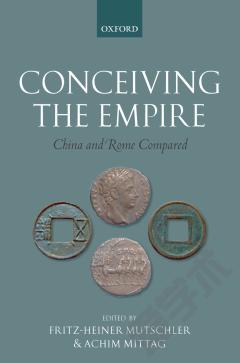

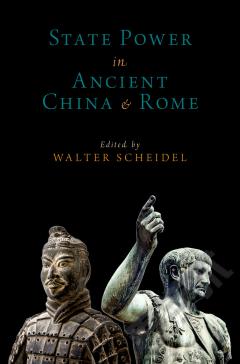
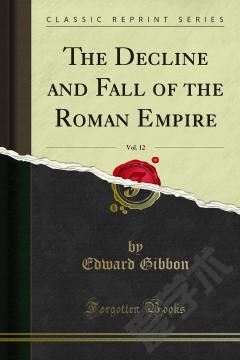
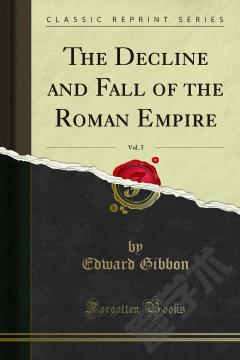
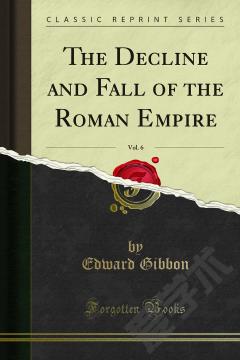
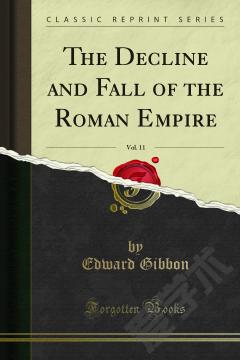

 京公网安备 11010802027623号
京公网安备 11010802027623号